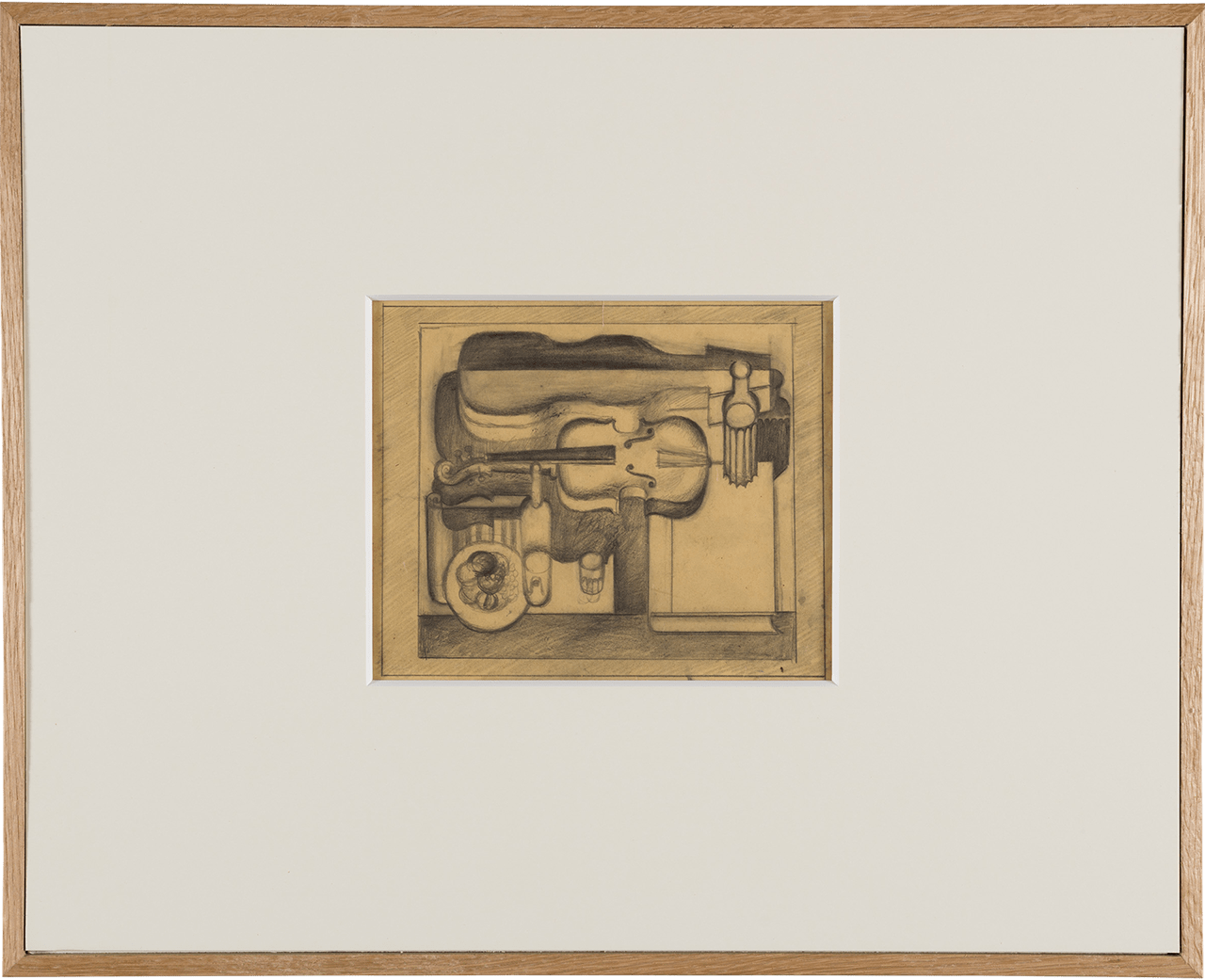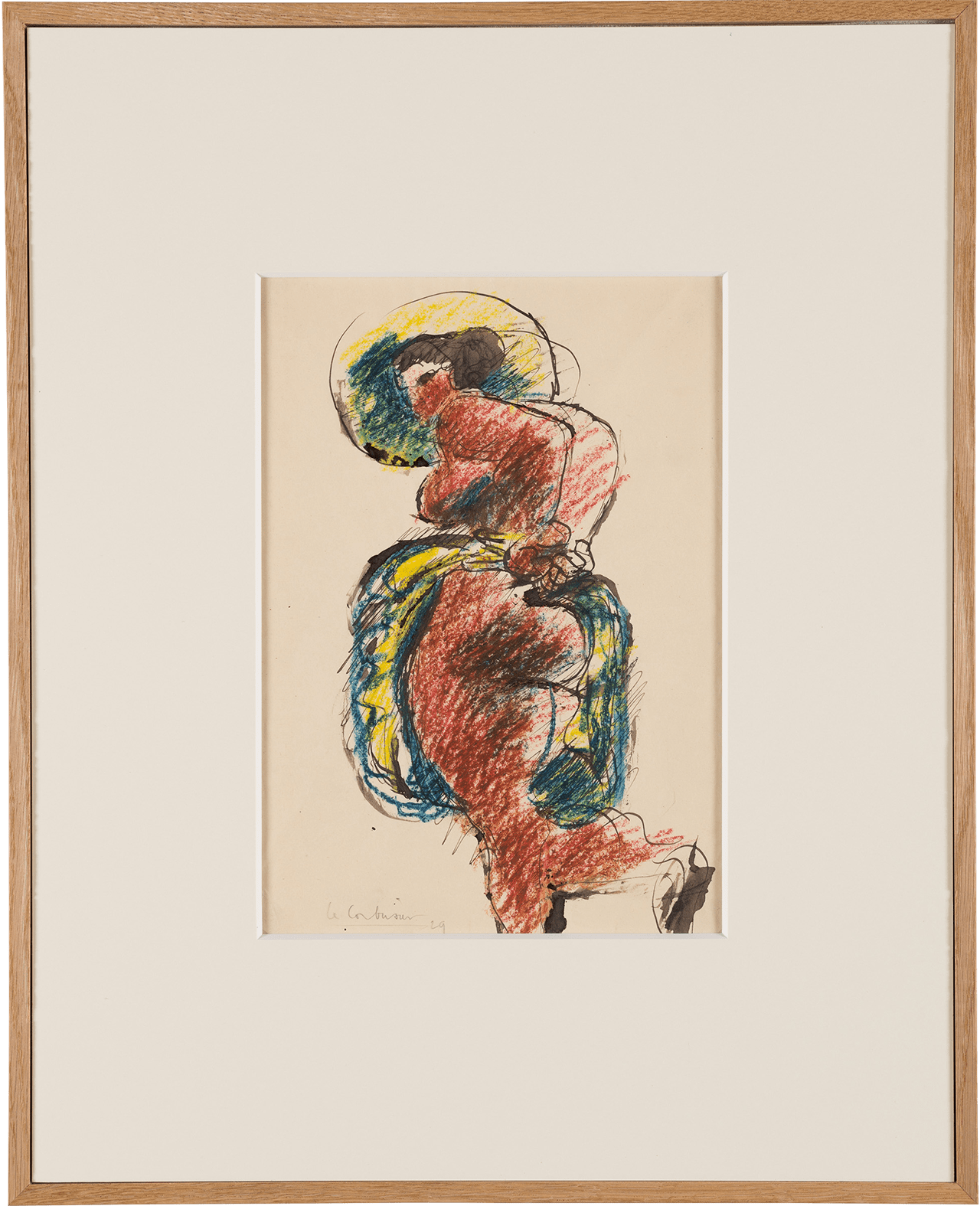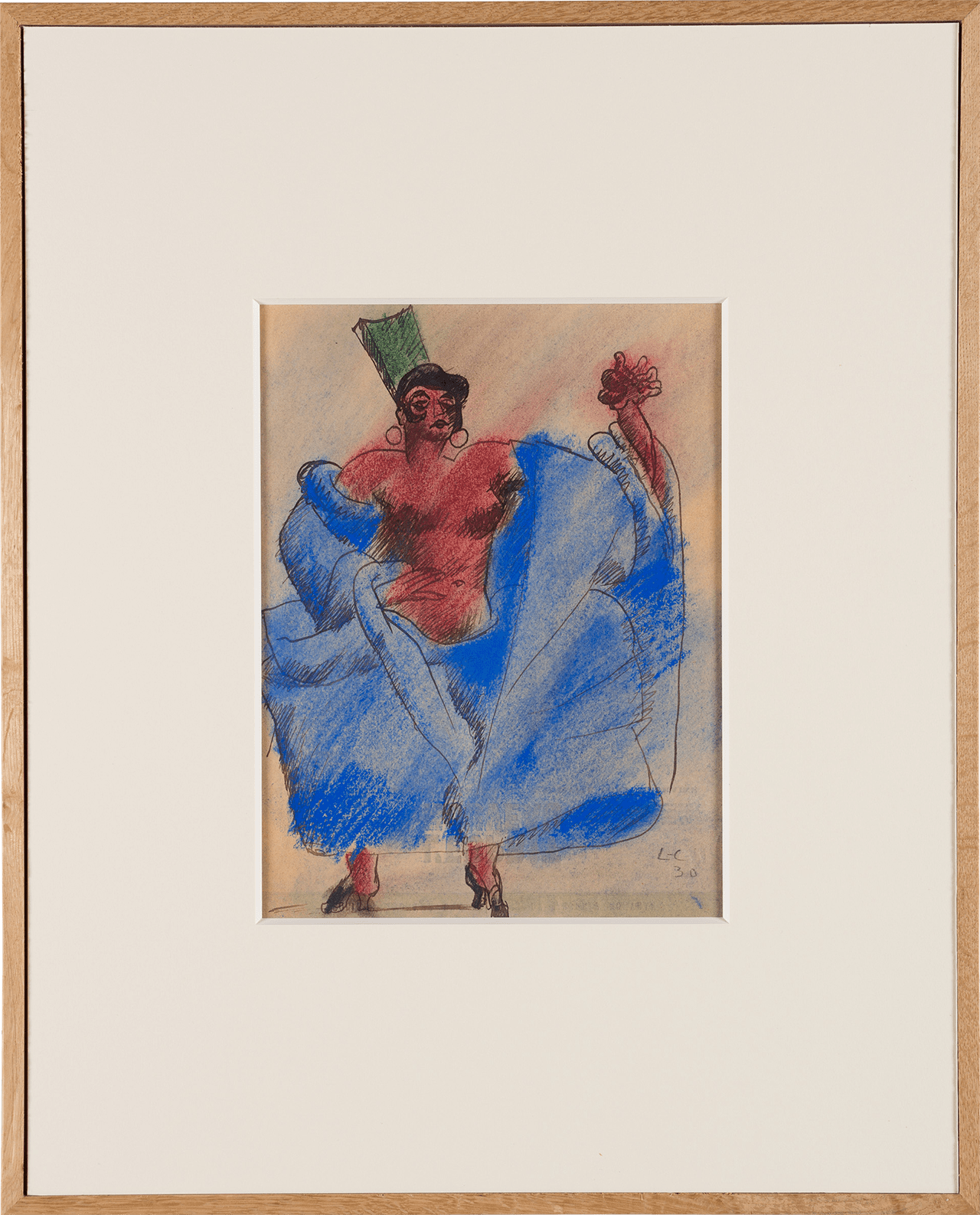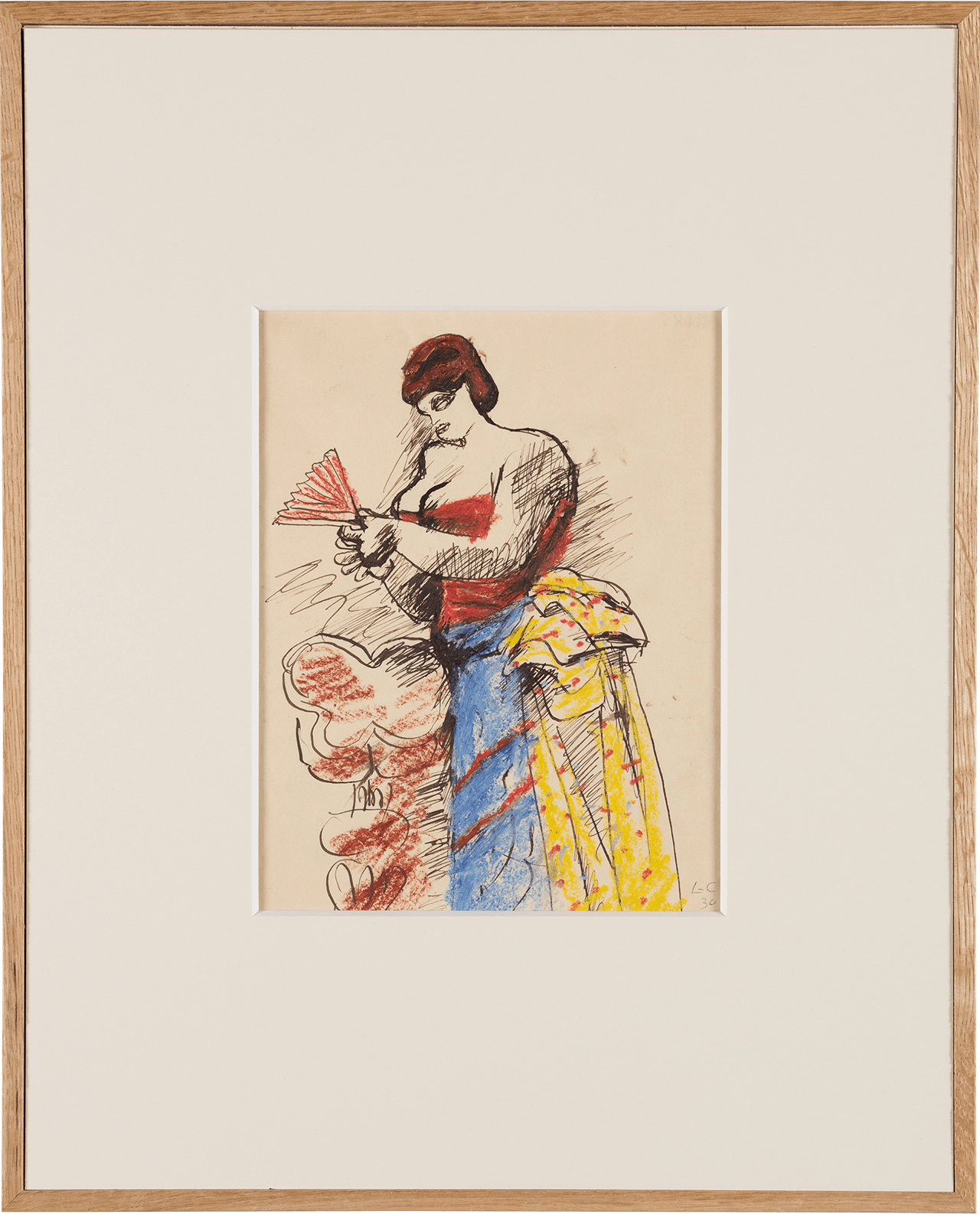Sketches, Watercolors, Paper collage
Le Corbusier always carried with him a small sketchbook. He would jot down any minute details ranging from new architectural ideas, things that drew his attention during his travels, drafts for his literary works, price of his purchases, etc. He believed that handwriting is essential for memorizing, making it a vital tool for the architect.
Additionally, many of his private day-to-day details and sketches for his oil paintings were found. Le Corbusier did not paint landscapes in oil paintings, but he frequently sketched his surroundings during his travels. It is believed that he never painted landscapes because it was a discipline he practiced in his architectural side of the profession.
His sketches, often with repeated themes and motifs, reveal his temporary interests in various periods of his life. Unlike the time-consuming oil paintings, his day-to-day sketches display swift momentum and rigid compositions.
Likewise, he created several papier collee, collages of color papers and newspaper cutouts, in the 1950s era. The curved outlines and color patches didn't always match, giving independence to each element and very lively expressions.
Le Corbusier has also worked with sgraffito technique.
Often a coat of color is applied to a façade, which is then scratched to reveal the inner layer. This technique is also used in pottery. Pigment on paper and canvas are shaved with knives as the extension of this method. In his artistic practice, he applied black paint over clear synthetic resin plates, scratching the surface with needles to achieve his expressions.





























Sketches, Watercolors, Paper collage (Total 191)
